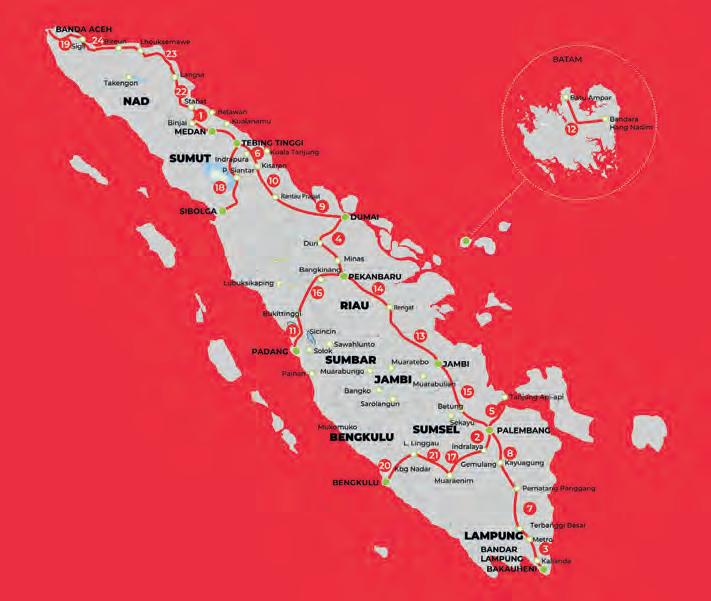By Wim van Wegen, GIM International
Report
How Geospatial Technology is Vital for Exploring Mars When NASA’s Perseverance rover landed on Mars in February 2021, it was equipped with some of the most precise maps of Mars ever created, courtesy of the USGS Astrogeology Science Center. Not only were these new maps essential for a safe landing on Mars, but they also serve as the foundation upon which the science activities planned for the Mars mission will be built.
In order to safely land on the rugged Martian landscape, the spacecraft used a new technology called Terrain Relative Navigation. As it descended through the planet’s atmosphere, the spacecraft used its onboard maps to know precisely where it is and to avoid hazards. For the navigation to work, the spacecraft needed the best possible maps of the landing site and surrounding terrain.
Two USGS-developed Mars maps The USGS developed two new maps for the Mars mission. The first is a high-resolution (25cm per pixel) map that researchers have used to accurately map surface hazards at the landing site. This map serves as the base map for mission operations and to plot where the rover will explore after landing. The second map is a lower resolution (6m per pixel) map that spans the landing site and much of the surrounding terrain. This was used onboard the spacecraft, along with the locations of the
hazards from the high-resolution map, to help it land safely. The maps have been aligned with unprecedented precision to each other and to global maps of Mars to ensure that the maps show the hazards exactly where they really are. NASA used remote sensing technology to decide between 30 potential landing sites for the Mars Perseverance Rover Mission. The two maps are based on images collected by the Mars Reconnaissance Orbiter’s Context Camera and the High-Resolution Imaging Science Experiment (HiRISE) camera. After intense scrutiny of the sites, they decided to select Jezero, a 49km crater in the Syrtis Major quadrangle on Mars, as the landing site.
be astrobiologically interesting, with signs of possible ancient life; there should be enough suitable material at the site for collection and caching for possible future pick-up; and the site should contribute new knowledge that will help humans go to Mars.
Explore Mars with GIS
The role of remote sensing data
Esri recently developed the ability to use other planetary coordinate systems with a 3D globe, and the timing could actually not be better as we recently witnessed the successful landing of the Perseverance rover. Digital elevation models (DEMs), precise imagery and spatial data representing previous rover landing sites all display accurately under the Martian coordinate system, and it can all be explored with the Explore Mars app.
The landing site for Perseverance had to fit four main criteria: the site had to be geologically diverse, showing signs of the processes that formed it; the location had to
In anticipation of future missions to Mars, GIS techniques have already been applied to previously collected elevation data from
Oblique view looking toward the northwest shows the western rim and floor of Jezero crater, Mars. (Source: USGS)
DEM of the Martian surface derived from Mars Orbiter Laser Altimeter (MOLA) data that was captured at 463m by 463m resolution during the Mars Global Surveyor mission.
I ssue 5 2 0 2 1 |
27-28_exploringmars.indd 27
international | 27
13-07-21 15:29






